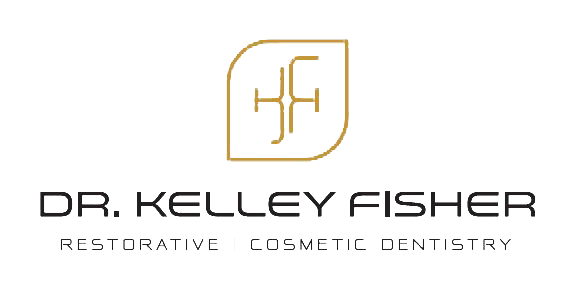Botox for TMJ and Migraine Treatment
Temporomandibular Joint Disorder (TMJ) and Migraines can be agonizing conditions that affects millions of people worldwide. These ailment, which can result from various factors, including stress, injury, or dental problems, often lead to discomfort, pain, and limited jaw movement. While traditional treatments like physical therapy, medication, and dental appliances have been effective for many, we’ve been having amazing results with a new option – Botox.
In this blog post, we will delve into the world of Botox and explore how it's being used as a treatment for TMJ and Migraine patients, shedding light on its benefits, potential risks, and what to expect if you're considering this option.
Understanding TMJ
Before we jump into Botox as a treatment, let's briefly understand what TMJ is. The temporomandibular joint connects your jaw to your skull and plays a vital role in basic functions like speaking, chewing, and swallowing. When this joint becomes dysfunctional, it results in TMJ disorder, characterized by symptoms such as jaw pain, headaches, earaches, and difficulty in opening and closing your mouth. Migraines usually go hand in hand with TMJ patients and the treatment of one usually takes care of the other.
How Does Botox Help?
Botox, short for botulinum toxin, is widely recognized for its cosmetic applications, such as reducing wrinkles and fine lines. However, it has also shown remarkable promise in treating various medical conditions, including TMJ and Migraines. Here's how it works:
Muscle Relaxation: Botox is injected directly into the affected muscles around the jaw area. It acts as a muscle relaxant by blocking signals from nerves to muscles. In the case of TMJ, this helps to reduce muscle contractions and relieve tension.
Pain Reduction: By relaxing the overactive jaw muscles, Botox alleviates pain associated with TMJ. This can significantly improve the quality of life for individuals suffering from chronic jaw discomfort.
Improved Function: With reduced muscle tension, many patients experience an improvement in their ability to open and close their mouths without pain or limitations.
Benefits of Botox for TMJ
Non-Invasive: Botox treatment for TMJ is non-invasive, meaning there's no need for surgery or lengthy recovery periods.
Fast Relief: Patients often report feeling relief from TMJ symptoms within a few days after the procedure.
Minimal Side Effects: Botox injections for TMJ typically have minimal side effects, such as temporary bruising or swelling at the injection site.
Reversible: Unlike some surgical procedures, the effects of Botox are reversible, and the treatment can be adjusted or repeated if needed.
Potential Risks and Considerations
While Botox for TMJ offers many advantages, it's essential to be aware of potential risks and considerations:
Temporary Effects: The effects of Botox are not permanent, and repeat injections may be necessary to maintain relief.
Cost: Botox treatments can be expensive. While dental insurance will not cover botox treatments, many medical insurance plans will cover some or all of the cost of botox treatment for TMJ and Migraines. Here at our office, we have a lot of experience dealing with submitting claims for botox treatment to medical insurance and are happy to help you along in the process.
Expertise Matters: This is not a treatment that you want to undergo at a beauty salon. We recommend that you only go to a provider with extensive experience dealing with Botox treatment for TMJ. Dr Fisher is an expert in the field of TMJ and has worked on hundreds of patients that have had incredible results from these treatments.
Botox has emerged as a promising option for treating TMJ and Migraines, offering relief from the pain and discomfort associated with this condition. While it may not be suitable for everyone, it's essential to consult with your healthcare provider to discuss your specific case and explore whether Botox could be a viable solution for your TMJ or Migraines. With its non-invasive nature and potential for significant relief, Botox is changing the game for individuals seeking relief from the burdensome effects of TMJ.


